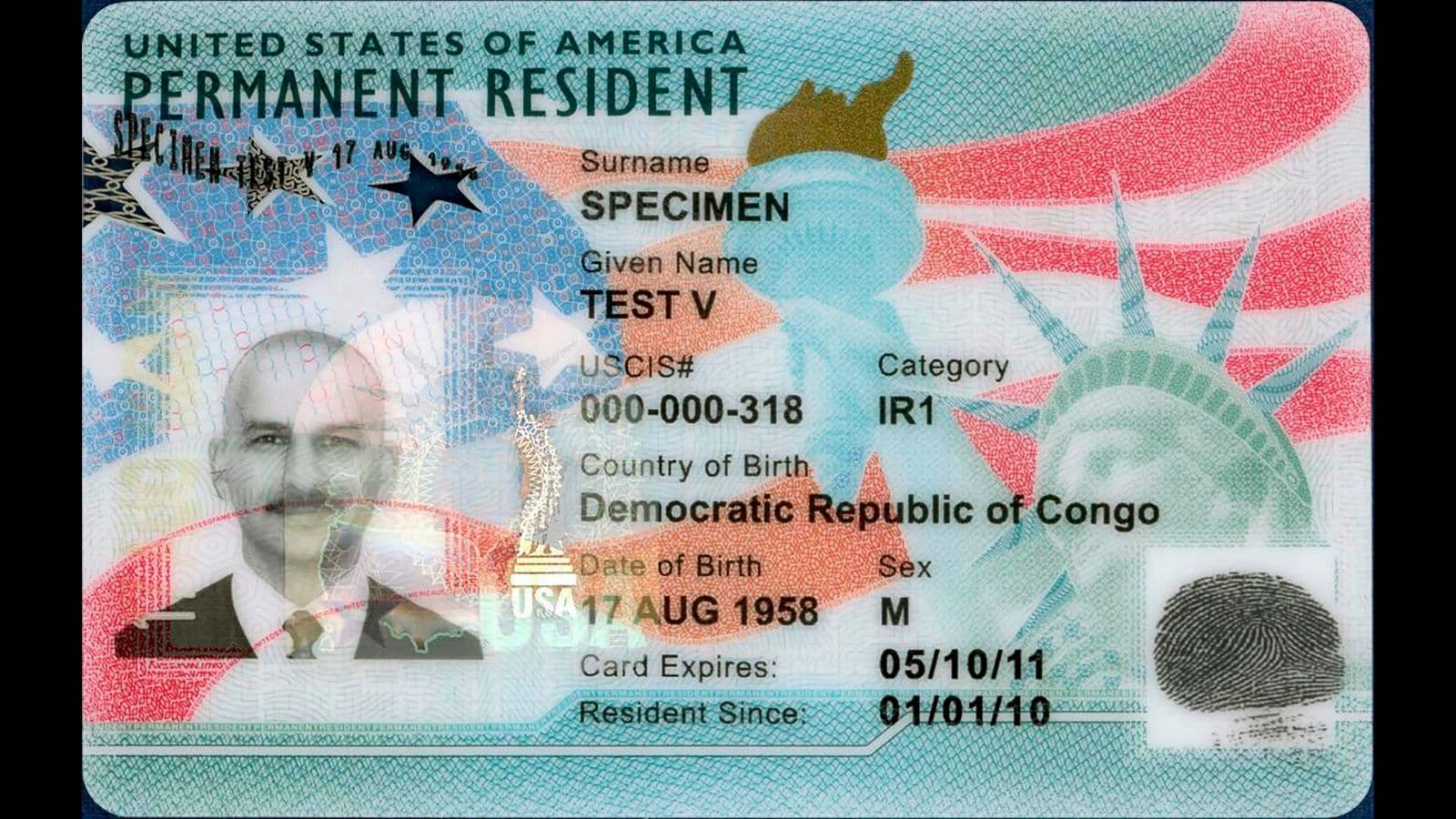By Apoorva Misra News18
Donald Trump is at it again. The United States President has hinted that he may consider revoking the US citizenship of New York City’s Democratic mayoral candidate Zohran Mamdani. This followed Trump’s comment that his former aide Elon Musk would have to “close up shop and head back home to South Africa” amid a controversy over his tax breaks.
Trump’s views on citizenship to the United States are an open secret. The US President has repeatedly criticised the current green card system—especially family-based immigration—maintaining that the US should prioritise skilled immigrants rather than allowing extended family members to immigrate through family ties.
Trump has advocated for a points-based immigration system, similar to those in Canada or Australia. Under this, green cards would go primarily to immigrants with high levels of education, English proficiency, and job offers in specialised fields.
To become naturalised as a US citizen, an individual needs to be above the age of 18 and to have lived continuously in the US as a green card holder for five years, or three years if they are married to a US citizen.
WHAT IS A GREEN CARD?
A Green Card—officially known as a Permanent Resident Card—is a document issued by the US government that allows a non-US citizen to live and work permanently in the United States.
By granting lawful permanent resident (LPR) status, a Green Card allows the holder to live and work in the US indefinitely, travel outside the US (with some restrictions), and apply for US citizenship after a few years (typically 3–5 years).
Originally, the card was green in colour when first issued in the 1940s. Even though it has gone through many design changes (and was not green for decades), the nickname “Green Card” stuck. The most recent versions have returned to a green-ish tint.
WHAT ARE THE LEGAL WAYS TO GET A GREEN CARD?
• Family-Based Green Card: This is the most common pathway. A person is eligible for this if they are immediate relatives of a US citizen (spouse, unmarried child under 21, parent) or other family categories (e.g., siblings, married adult children) of US citizens or green card holders.
A US relative files Form I-130 (Petition for Alien Relative) and then one applies for the Green Card via Adjustment of Status (if inside the US) or Consular Processing (if abroad).
• Employment-Based Green Card: This is issued to individuals with certain job offers, skills, or qualifications. The categories under this include:
EB-1: People with extraordinary abilities, researchers, executives
EB-2: Professionals with advanced degrees or exceptional abilities
EB-3: Skilled workers, professionals, and other workers
EB-4: Special immigrants (e.g. religious workers, U.S. government employees abroad)
EB-5: Investor green card – $800,000+ investment in a U.S. business creating jobs
In this case, an Employer usually files Form I-140 (Immigrant Petition for Alien Worker) and then one adjusts status or goes through consular processing.
• Diversity Visa (Green Card Lottery): This is a US government programme for people from countries with low US immigration. They should hail from an eligible country and meet minimum education or work experience requirements. The applicant will apply through the official Diversity Visa Program (free to enter) and if selected, go through the interview and background check stages.
• Asylum or Refugee Status: This applies if one is fleeing persecution. One must prove they are a refugee or asylee based on race, religion, nationality, political opinion, or group membership. The applicant must apply for asylum or enter the US as a refugee. After one year, they can apply for a Green Card via Form I-485.
• Special Categories
U visa: For victims of crimes who assist law enforcement
T visa: For trafficking victims
Special Immigrant Juvenile: For abused or neglected minors
VAWA: For abused spouses/children of U.S. citizens or green card holders
WHAT IS THE GENERAL APPLICATION PROCESS?
Someone usually must file an immigrant petition for you (often referred to as sponsoring or petitioning for you). In some cases, you may be eligible to file for yourself.
After USCIS approves the immigrant petition, and there is a visa available in your category, you file either a Green Card application with USCIS or a visa application with the US Department of State.
You go to a biometrics appointment to provide fingerprints, photos, and a signature, followed by an interview. You then receive a decision on your application.
